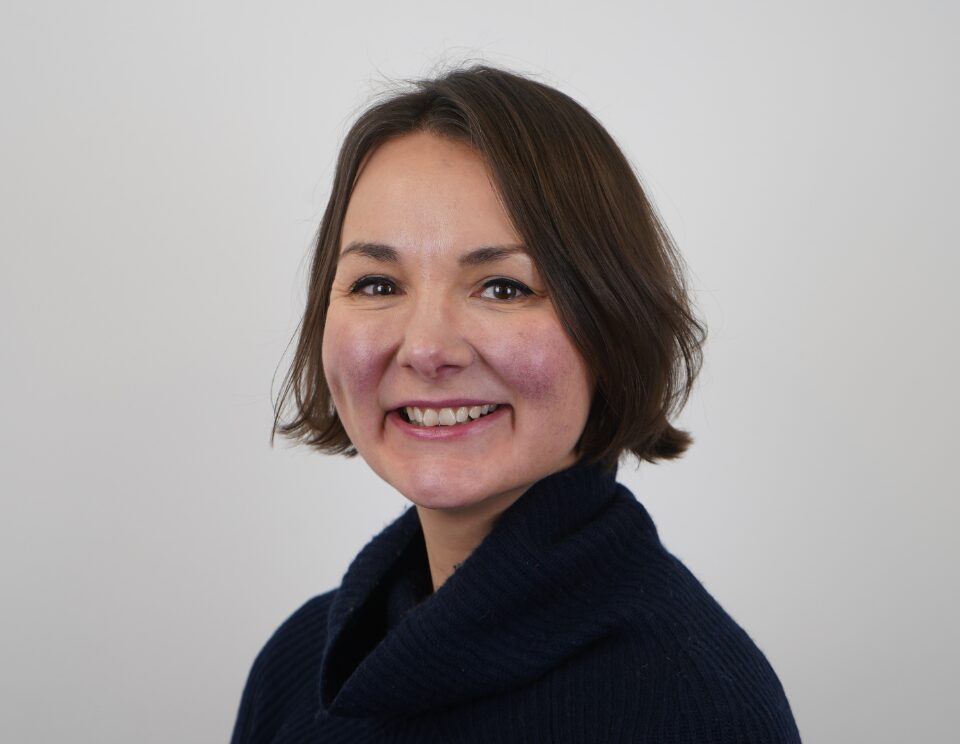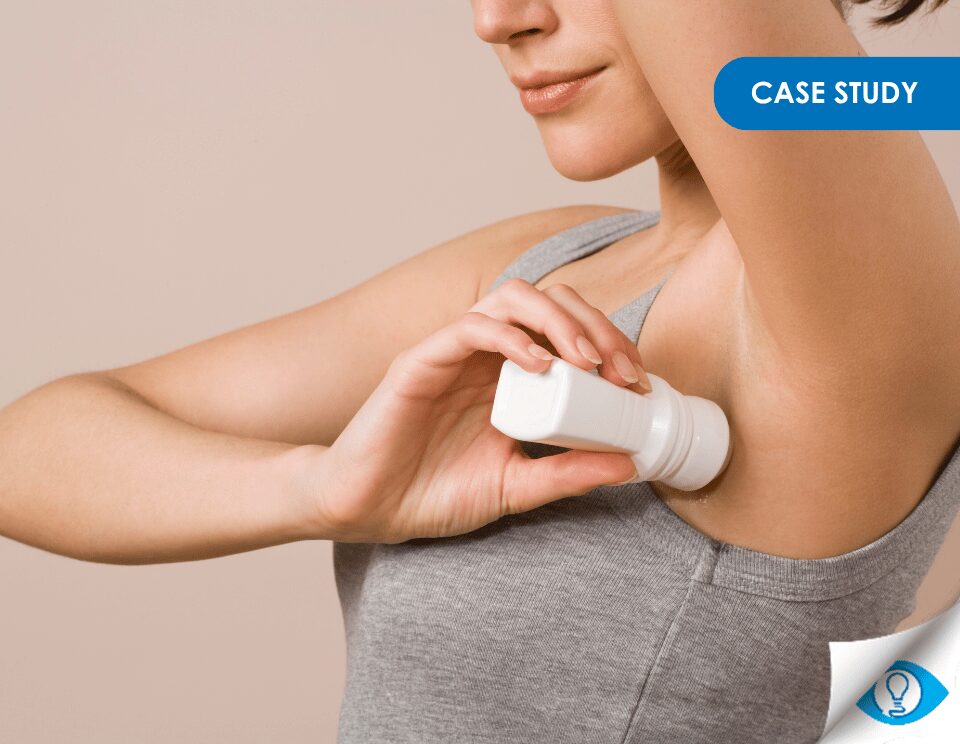Choosing the right approach
When it comes to market research, one of the key decisions is choosing between testing with naïve consumers (everyday users) or using expert sensory panellists. Both approaches offer valuable insights, but they serve different purposes and come with their own sets of strengths and weaknesses. Understanding when to use each approach can be the difference between a product that succeeds and one that misses the mark.
The voice of the consumer: using real-world feedback
Naïve consumers, or as we like to call them, "people", are the backbone of broad market testing. These are the everyday users who interact with products in the real world—busy kitchens, cluttered living rooms, on-the-go commutes. Their feedback reflects how your product performs in the messy, unpredictable environments of real life.
Why use naïve consumers?
- Real-world relevance: If you want to know whether your product will be a hit in someone's daily life, naïve consumer testing is essential. Whether it's gauging the functionality of a kitchen gadget or the usability of a fitness app, this approach helps identify practical appeal and user satisfaction.
- Broad validation: Need to make a bold claim, like "90% of consumers prefer our taste over the leading brand"? Testing with a large, diverse group provides the statistically significant data you need to back up those claims with confidence.
- Consumer-driven insights: This method gives you a broad view of how different demographic segments perceive your product, which is crucial for understanding market potential.
Challenges of naïve consumer testing
- Subjective feedback: While valuable, the feedback from naïve consumers can be subjective and less detailed. They might know what they like or don't like but may struggle to explain why. For example, they may love a product's flavour but struggle to explain which element (sweetness, saltiness) is most appealing.
- Resource-intensive: Conducting large-scale tests with hundreds of participants takes time and money. It's a significant investment, but one that's often necessary for validating consumer appeal.
- Less precise: While great for general appeal, naive consumer feedback might not give you the detailed insights needed for fine-tuning product attributes like texture or scent.
Expert sensory panels: precision testing for product refinement
When you need precise, objective feedback on specific product attributes—like the perfect balance of flavour, aroma, or texture—expert sensory panellists are your go-to resource. These trained professionals evaluate products in a controlled environment, offering detailed insights that are critical during the early stages of product development.
Why use expert sensory panellists?
- Detailed, objective insights: Sensory panellists are trained to detect even the subtlest differences in product characteristics. Whether it's the mouthfeel of a new yoghurt or the crispness of a new chip flavour, their feedback helps fine-tune product attributes with scientific precision.
- Perfect for product refinement: If you're still tweaking formulas, such as finding the ideal mix of sweet and salty in a snack, sensory panellists can provide the detailed, objective feedback necessary to guide these adjustments.
- Support for specific claims: When you need to back up technical claims—such as "50% smoother texture compared to the leading brand"—data from sensory panels provide the objective evidence you need.
- Reliable and replicable insights: Although sensory panels are smaller in number, using expertly trained consumers ensures that the feedback is more reliable and insightful. Their specialized training allows them to provide detailed, accurate evaluations, leading to more precise and actionable insights.
Limitations of sensory panels
- Limited real-world context: Sensory panels operate in a controlled environment, which doesn't always reflect how a product will be used in everyday life. This can sometimes lead to feedback that's technically accurate but misses the mark on consumer appeal. For example, the ideal coffee flavour identified in a sensory lab may not taste as good when brewed quickly at home.
- Narrow focus: While sensory panels excel at detailed evaluations, they may overlook broader consumer preferences, focusing more on the technical aspects of the product.
- Less generalisable: The preferences of trained panellists may not always align with those of the general public, so their insights, while valuable, need to be balanced with broader consumer feedback.
Finding the right balance
So, which approach should you choose? The answer depends on your goals. If you're looking to validate a product's appeal to the masses, large-scale testing with naïve consumers is the way to go. But if you need to fine-tune specific attributes and ensure your product meets high sensory standards, expert sensory panellists are indispensable.
Often, the most effective strategy is a hybrid approach—using sensory panels for detailed refinement and naive consumers for final validation. This combination provides a comprehensive understanding, ensuring your product not only meets technical standards but also resonates with the people who will ultimately buy it.
Examples of a hybrid approach
- Snack food development: Early in the development of a new chip flavour, expert sensory panellists can help refine the crunch and flavour intensity. After the formula is finalised, naïve consumers can weigh in on broader aspects like packaging and overall appeal.
- Cosmetic product: A new face cream might first undergo sensory panel testing for texture and absorption, followed by consumer testing to ensure that the scent and feel are appealing in everyday routines.
In the end, both naïve consumers and expert sensory panellists have their place in market research. By knowing when and how to use each, you can gather the insights you need to drive both product success and credible marketing claims.
Article written by Hollie Bell, Associate Director at Blue Yonder Research. If you'd like to learn more, you can contact Hollie by email: [email protected].




Stay In Touch